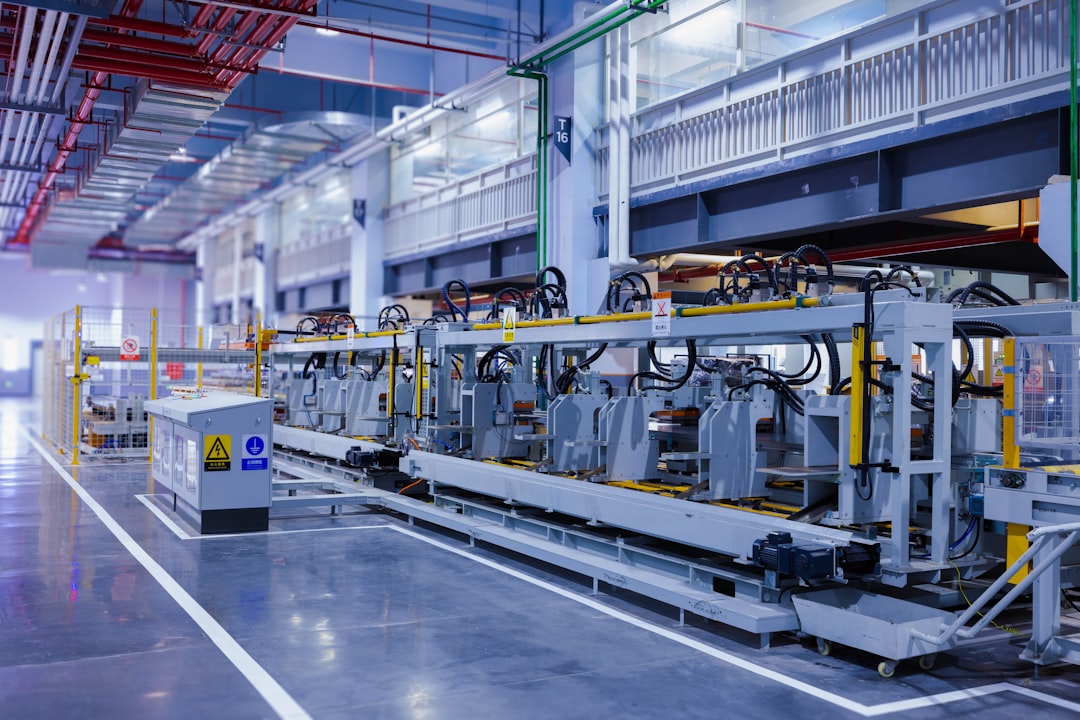In today’s rapidly advancing technological landscape, the Internet of Things (IoT) has become an integral part of the manufacturing industry. The integration of IoT technology has opened up new possibilities for manufacturers to streamline processes, increase efficiency, and optimize their operations. But what exactly is the connection between manufacturing and IoT, and how is it shaping the future of the industry?
At its core, IoT refers to the network of physical devices, vehicles, appliances, and other objects embedded with sensors, software, and connectivity that enables them to connect and exchange data. In the manufacturing sector, IoT technology is being used to create smart factories where machines, systems, and humans can communicate with each other in real-time.
One of the key benefits of implementing IoT in manufacturing is the ability to collect and analyze data from connected devices. This data can provide valuable insights into the performance of machines, the efficiency of processes, and the overall health of the production line. By leveraging this data, manufacturers can identify inefficiencies, predict maintenance needs, and make data-driven decisions to optimize their operations.
For example, sensors can be placed on machines to monitor their performance in real-time. By analyzing data collected from these sensors, manufacturers can identify potential issues before they escalate into costly downtime. This predictive maintenance approach not only helps to reduce maintenance costs but also minimizes unplanned downtime, improving overall productivity.
IoT technology also enables manufacturers to implement condition-based monitoring, where machines are monitored continuously for signs of wear and tear. This proactive approach to maintenance ensures that machines are serviced or repaired before they break down, reducing the likelihood of disruptions to production.
In addition to predictive maintenance, IoT is also revolutionizing inventory management in the manufacturing industry. By implementing RFID tags and sensors on products and materials, manufacturers can track their location, movement, and condition throughout the supply chain. This real-time visibility into inventory levels and product availability allows manufacturers to optimize their stock levels, reduce excess inventory, and improve order fulfillment.
Furthermore, IoT technology is driving the adoption of automation and robotics in manufacturing. Connected robots equipped with sensors and AI capabilities can perform complex tasks with precision and efficiency, improving production speed and quality. By integrating IoT with robotics, manufacturers can create smart production lines that are flexible, adaptive, and responsive to changing market demands.
Overall, the connection between manufacturing and IoT is transforming the industry by enabling manufacturers to access real-time data, improve efficiency, reduce downtime, and enhance productivity. As more manufacturers embrace IoT technology, we can expect to see further innovations in areas such as digital twinning, augmented reality, and blockchain to create smart, interconnected factories of the future.
In conclusion, the integration of IoT in manufacturing is not just a trend but a game-changer that is reshaping the industry in profound ways. By exploring the connection between manufacturing and IoT, manufacturers can harness the power of data, automation, and connectivity to drive innovation, improve competitiveness, and meet the demands of a fast-evolving marketplace. The future of manufacturing is undoubtedly smart, connected, and driven by IoT technology.


